washing powder should not be mixed with disinfectants because it can lead to various issues, including reduced cleaning efficacy, potential chemical reactions, and safety hazards. Here's why it is not recommended to mix washing powder and disinfectants:
1. Cleaning Efficacy: Washing powders and disinfectants are designed for different purposes. Washing powders contain surfactants and enzymes that help remove dirt, stains, and oils from fabrics, while disinfectants are specifically formulated to kill or inactivate microorganisms like bacteria and viruses. Mixing them can dilute the active ingredients in both products, reducing their effectiveness for their intended purposes.
2. Chemical Reactions: Certain active ingredients in washing powders and disinfectants can react chemically when combined, leading to the formation of potentially harmful substances or gases. For example, chlorine-based disinfectants should not be mixed with washing powders containing bleach, as it can produce chlorine gas, which is toxic and can cause respiratory irritation.
3. Safety Hazards: Mixing incompatible cleaning products can create safety hazards. Some disinfectants and washing powder ingredients may be corrosive, irritants, or toxic on their own. When combined or used improperly, they can increase the risk of skin or eye irritation, respiratory issues, or chemical burns. Mixing cleaning products may also generate fumes that can be harmful if inhaled.
4. Product Interference: Mixing washing powders and disinfectants can result in product interference, where the combined mixture may not work as intended. For example, certain ingredients in disinfectants can inhibit the cleaning performance of the washing powder, leading to less effective stain removal or odor elimination.
To ensure safe and effective cleaning:
- Follow Instructions: Always read and follow the usage instructions provided by the manufacturer for each product. These instructions provide guidance on how to use the products safely and effectively.
- Separate Usage: Use washing powder for laundry purposes and disinfectants for their intended disinfection purposes separately. This ensures that both products can work optimally without interfering with each other.
- Proper Ventilation: When using disinfectants or washing powders, ensure proper ventilation in the area to minimize the build-up of fumes or potential chemical reactions.
- Clean Surfaces Before Disinfection: If you want to disinfect surfaces, it's important to clean them with a suitable detergent or washing powder first to remove dirt and organic matter. Once clean, you can apply the disinfectant according to the instructions to effectively kill or inactivate microorganisms.
By using cleaning products as directed and avoiding mixing incompatible substances, you can maintain cleaning efficacy, reduce potential hazards, and ensure a safe and healthy environment.
Why washing powder should not be mixed with disinfectant:
1. Chemical Incompatibility: Washing powders and disinfectants often contain different active ingredients that are formulated for specific purposes. Mixing them together can result in chemical reactions that can alter their effectiveness and safety. Some examples of incompatible ingredients include bleach and chlorine-based disinfectants, which can produce toxic chlorine gas when combined.
2. Reduced Cleaning Performance: Washing powders are designed to remove dirt, stains, and oils from fabrics by utilizing surfactants and enzymes. Disinfectants, on the other hand, are formulated to kill or neutralize microorganisms. When washing powders are mixed with disinfectants, their cleaning efficacy can be compromised. The active ingredients may become diluted or neutralized, resulting in reduced stain removal or disinfection capabilities.
3. Safety Hazards: Mixing washing powders and disinfectants can create safety hazards due to the potential release of toxic fumes, chemical reactions, or increased irritancy. Some cleaning products contain harsh chemicals that, when combined, can produce harmful gases or substances. Inhaling these fumes or coming into direct contact with the mixture can lead to respiratory irritation, skin burns, or other adverse health effects.
4. Product Stability: Mixing cleaning products can also affect their stability and shelf life. Some chemical reactions triggered by mixing can cause the products to degrade or lose their effectiveness over time. It is best to use cleaning products as intended and avoid mixing them to ensure their stability and optimal performance.
5. Manufacturer Recommendations: Manufacturers provide specific usage instructions and safety precautions for their cleaning products. These instructions are based on their product formulations and extensive testing. It is important to follow these guidelines to ensure proper and safe usage of the products.
To ensure safe and effective cleaning practices:
- Read Product Labels: Carefully read and follow the instructions and warnings provided on the labels of washing powders and disinfectants. This includes information on proper usage, recommended dilution ratios, and any precautions to be taken.
- Separate Usage: Use washing powders for laundry purposes, following the recommended dosage for your specific load. Disinfectants should be used separately for targeted disinfection of surfaces, following the instructions provided by the manufacturer.
- Proper Ventilation: When using cleaning products, ensure the area is well-ventilated to minimize the concentration of fumes and promote fresh air circulation.
- Clean Surfaces First: Before applying a disinfectant, clean the surfaces with a suitable detergent or washing powder to remove dirt and organic matter. This will enhance the effectiveness of the disinfectant.
By using cleaning products according to their intended purposes and following recommended guidelines, you can ensure effective cleaning and maintain a safe environment for yourself and others.

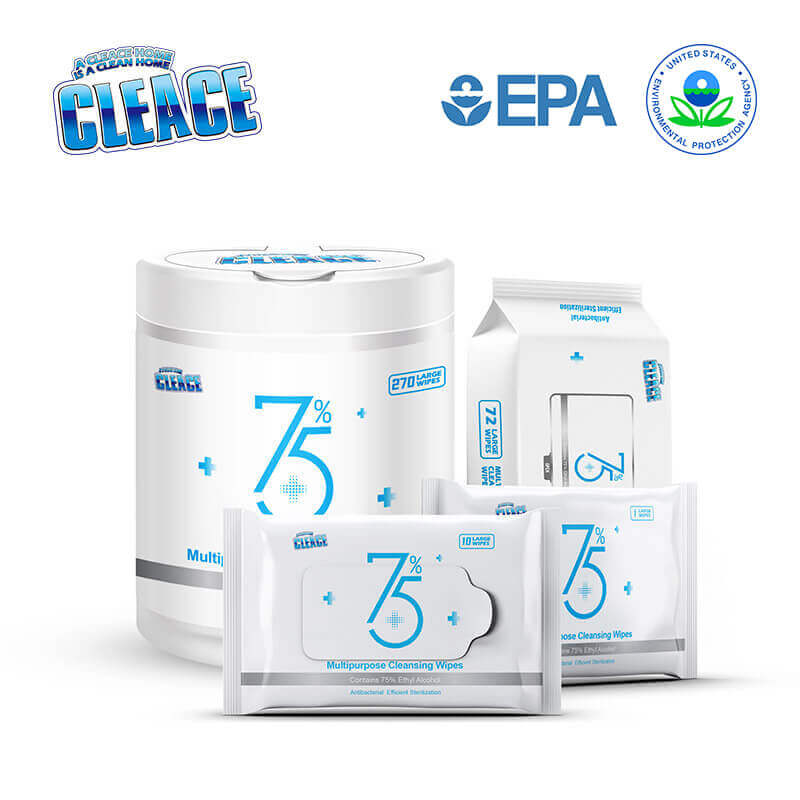
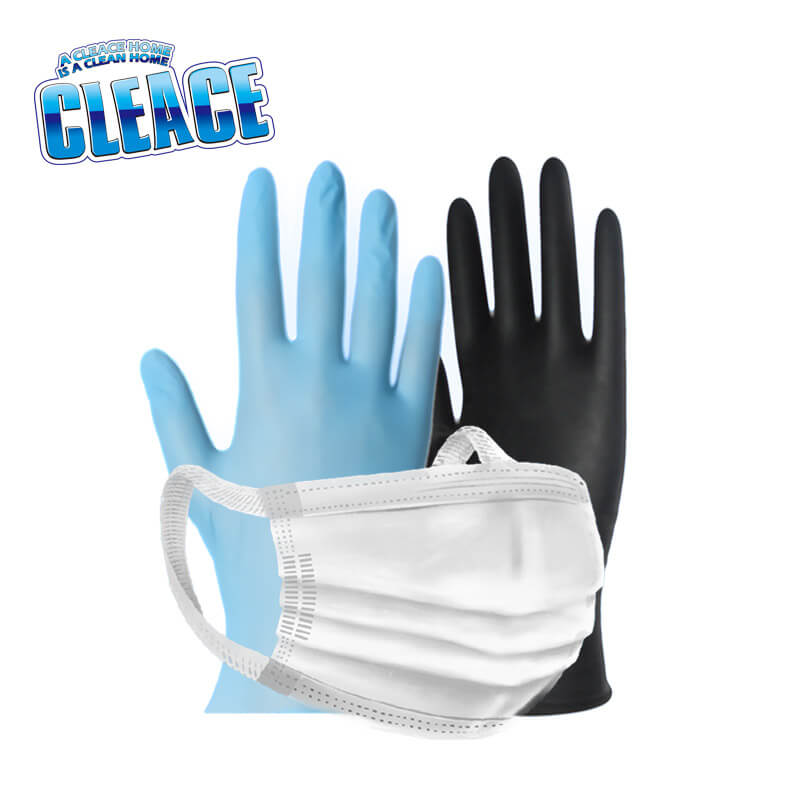

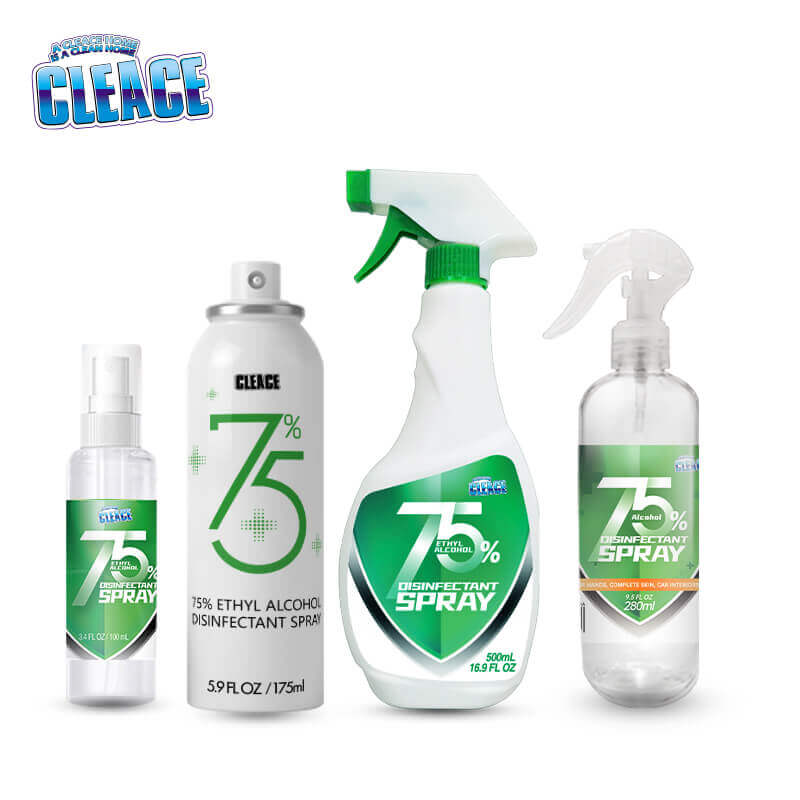
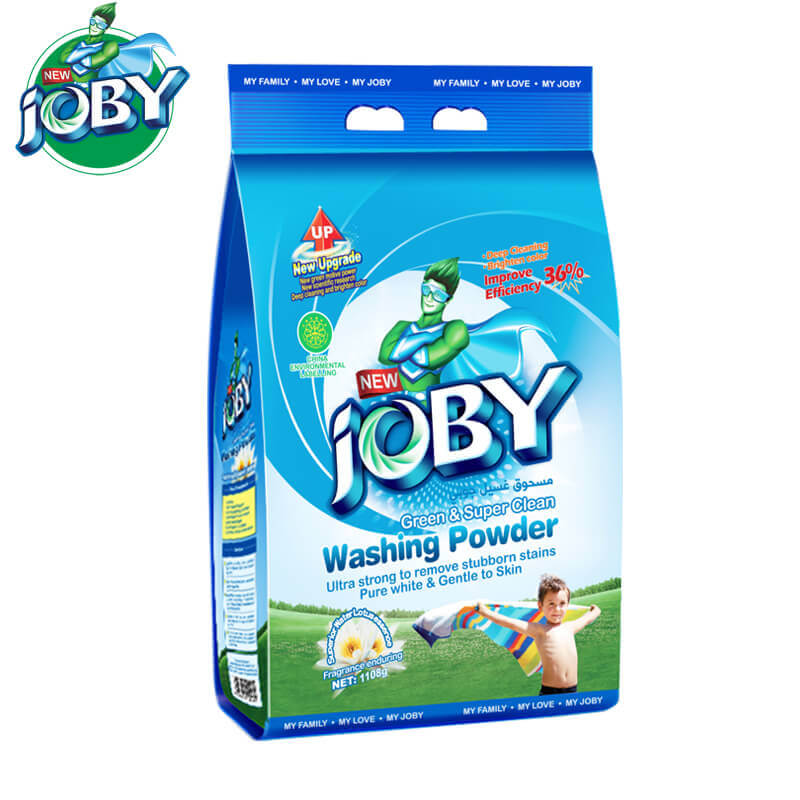

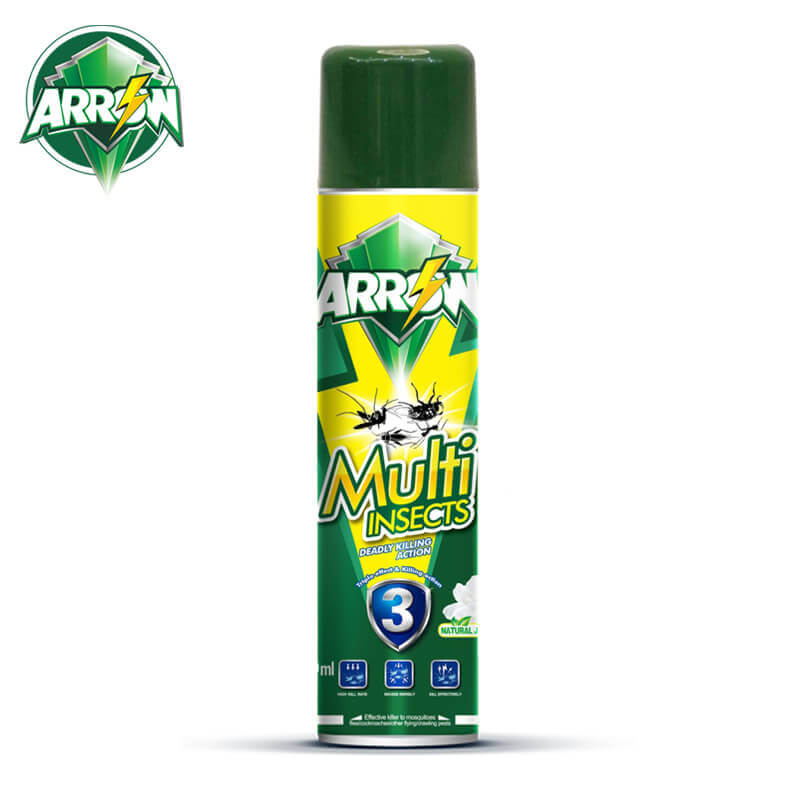
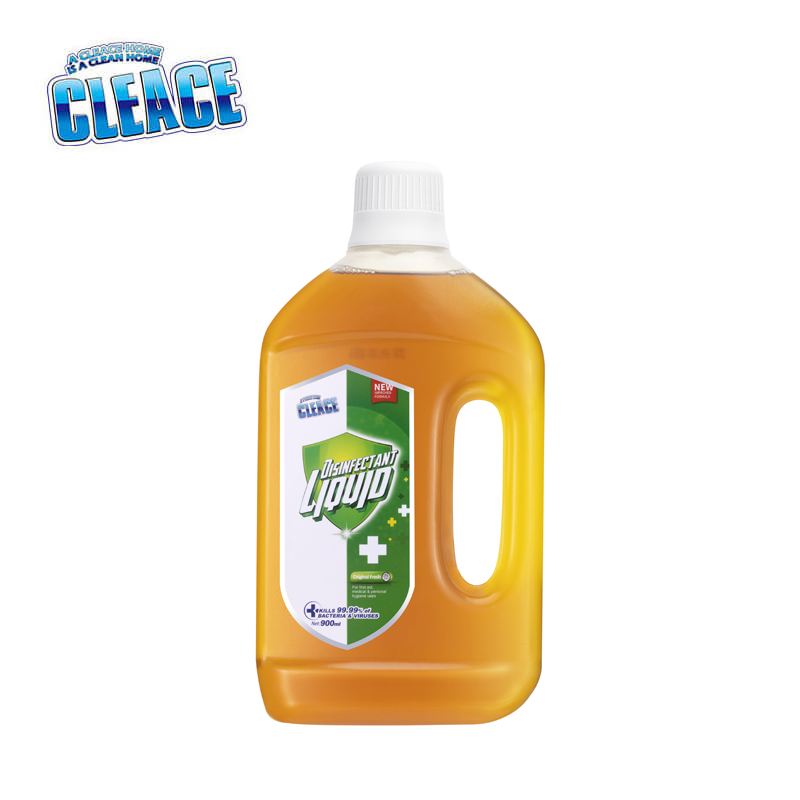
CONTACT US NOW!
If you did not receive our reply within 24 hours, please send to our email s@aogrand.com, or call +86-18151000009 directly.